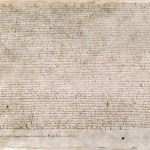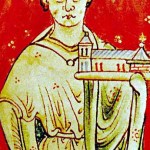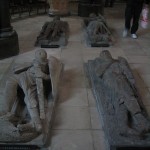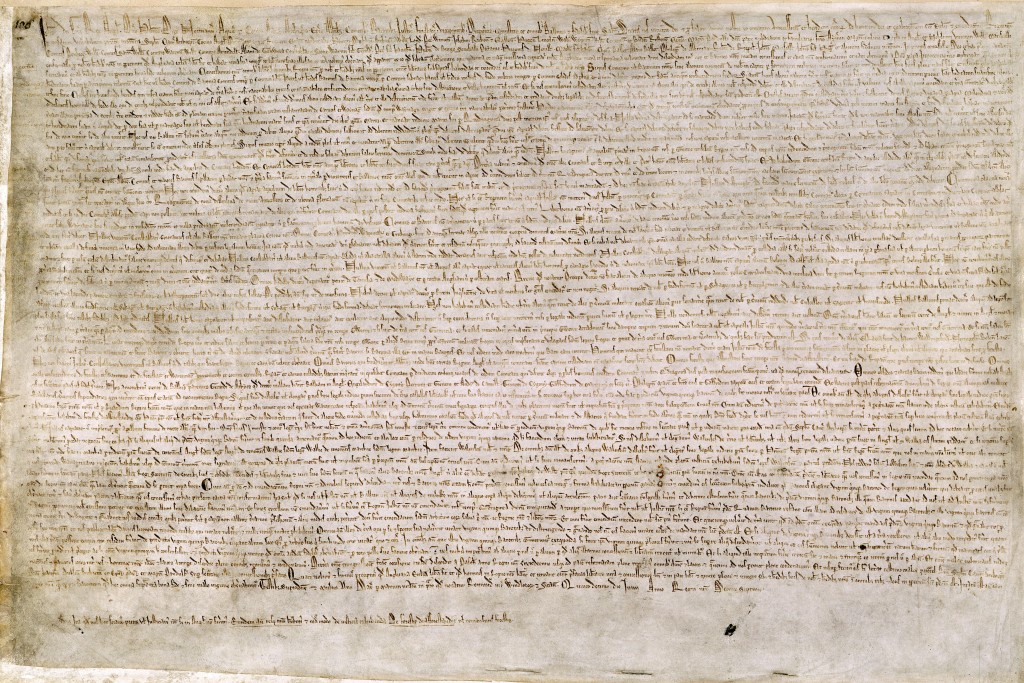On June 15, I was picking my way through a cluttered antique shop in Upper Tantallon. I ran my fingers over an 1870 brass telescope and wished I had the $325 to buy it. With a sigh, I put it back and ignored a nautical compass equally out of my price range. I gravitated toward the book section, where a familiar name in ornamental letters caught my eye: Magna Carta. The shopkeeper smiled and said, “Did you know the Magna Carta turns 800 today?” I did and quipped, “Did you know King John was advised by the Knights Templar to sign it?” She did not, and so we opened the slim and rather musty folder of broadsheets and read the opening statement together.

“John, by the grace of God King of England, Lord of Ireland, Duke of Normandy and Aquitaine, and count of Anjou, to his archbishops, bishops, abbots, earls, barons, justices, foresters, sheriffs, stewards, servants, and to all his officials and loyal subjects, Greeting. Know that before God, for the health of our soul and those of our ancestors and heirs, to the honour of God, the exaltation of the holy Church, and the better ordering of our kingdom, at the advice of our reverend fathers Stephen, archbishop of Canterbury, primate of all England, and cardinal of the holy Roman Church, Henry archbishop of Dublin, William bishop of London, Peter bishop of Winchester, Jocelin bishop of Bath and Glastonbury, Hugh bishop of Lincoln, Walter bishop of Coventry, Benedict bishop of Rochester, Master Pandulf subdeacon and member of the paparal household, Brother Aymeric master of the knighthood of the Temple of England, William Marshal earl of Pembroke … and other loyal subjects …” (1)
There! Brother Aymeric – Aymeric de St. Maur, grand prior of the Knights Templar in England. I did not see his name mentioned in any of the newspaper articles about the Magna Carta published that week, which was hardly surprising. The knights had long ago passed into obscurity – perhaps they even would have wanted it this way: to remain in the background, in the shadows, leaving it to the world to discover their subtle contributions to creating a better society. But how did the Templars even get involved with the Magna Carta?

King John, also known as “Lackland” and “Softsword,” relied on the Temple on more than one occasion. He trusted it completely with his treasury and the safety of his person. When his French campaigns failed miserably and half of his subjects seemed to be up in arms against him, he turned to the Templars. They did not abandon him when he was excommunicated and instead persuaded him to seek reconciliation with the Pope. The king even borrowed a gold mark from the Templars to seal the deal with Rome. I counted the number of his recorded stays in the Templar headquarters between 1213 and 1215. Seven. It seems that each time he went there, he was in a deep crisis and emerged with a treaty, his efforts culminating in the Magna Carta. Not bad for “Softsword.”
Clearly, it was the quiet support of the steadfast Templars that helped bring the great charter of freedoms about – as well as much-needed political stability to England. If you happen to be sightseeing in London, do visit the Temple Church, where Brother Aymeric and William Marshal, Earl of Pembroke, are buried. The earl, who served as the guarantor for King John, joined the Knights Templar shortly before he died. His is the effigy with a broken sword and the inscriptions “Comes Pembrochice” and “Miles eram Martis Mars multos vicerat armis.”

Closer to home, a copy of the Magna Carta is on a travelling tour in Ottawa, Toronto, Winnipeg and Edmonton. If you have the opportunity to study it, look closely at the tiny angular Latin script. Brother Aymeric’s name appears in the third line from the top.
The Knights Templar strike again. Happy 800th birthday, Magna Carta!
Reference:
(1) Magna Carta: A Collection of Contemporary Documents, compiled and edited by John Langdon-Davies. Jackdaw Publications, 1942.
